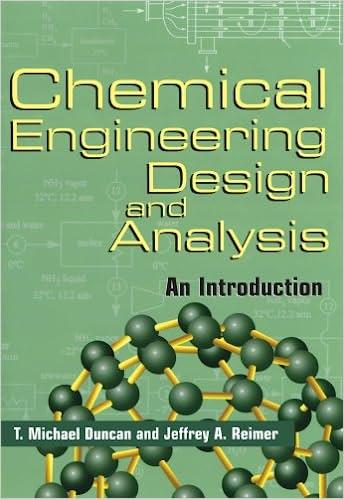Answered step by step
Verified Expert Solution
Question
1 Approved Answer
( Welty 2 5 . 9 ) The design of artificial organs for growing transplantable human tissues requires that the cell type of interest, for
Welty The design of "artificial organs" for growing transplantable human tissues requires
that the cell type of interest, for example pancreatic cells, be grown and sustained within a three
dimensional array where the cells are closely packed together to form a continuous living tissue.
Furthermore, engineered systems for maintaining the tissues within the threedimensional
array require that oxygen be delivered to the living tissue for respiration processes, which is a
major design challenge. One way to get oxygen to the tissue is by a porous scaffold containing
capillary ducts organized into a rectangular tissue monolith, as shown in the figure below. Pure
oxygen gas flows through the capillary ducts and contacts the tissue, where it dissolves into the
tissue by Henry's law ie Two sides of the monolith are sealed, but the other two sides
are composed of a porous meshlike sheath, which contains the tissue, but also exposes it to the
surrounding liquid medium, which contains dissolved oxygen at a constant bulk concentration
of The tissue and the liquid medium surrounding the
monolith approximate the physical properties of liquid water.
Once dissolved in the tissue, the tissue consumes the dissolved
oxygen by a firstorder reaction process defined by rate
constant We are interested in predicting the concentration
profile of dissolved oxygen within the tissue monolith.
a Develop the differential model for the concentration
profiles of dissolved oxygen within quadrant IV of the
tissue monolith. State all reasonable assumptions and
define the systems likely sources and likely sink for
species within the tissue monolith.
b Specify appropriate boundary conditions.

Step by Step Solution
There are 3 Steps involved in it
Step: 1

Get Instant Access to Expert-Tailored Solutions
See step-by-step solutions with expert insights and AI powered tools for academic success
Step: 2

Step: 3

Ace Your Homework with AI
Get the answers you need in no time with our AI-driven, step-by-step assistance
Get Started


